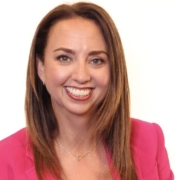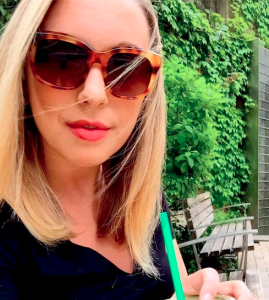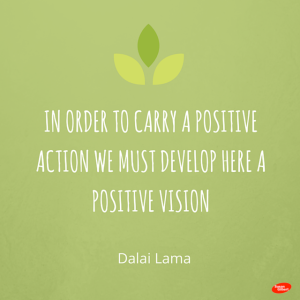Commvault’s Chief Legal & Compliance Officer: “I love the Purpose of Protecting the World’s Data”
Our latest “Women in Leadership” interview is with Danielle Sheer, Chief Legal Officer at Commvault. Danielle is a graduate of The George Washington University and holds a Juris Doctor from Georgetown University Law Center.
Q: Please tell us a little bit about your role as Chief Legal and Compliance Officer at Commvault (NASDAQ: CVLT)
A: I lead the company’s global legal, compliance, and real estate teams and our governance, commercial, intellectual property, and privacy programs.
Q: What are the top 3 things you enjoy most about your role?
A: Product, Purpose, People. I’ve been in the data protection industry for most of my professional career. I enjoy how data protection technology Venn diagrams with cyber security technology but is its own critical category of business continuity. (See the latest on Commvault’s latest Threatwise announcement.) This kind of technology is cutting-edge and cool. I love the purpose of protecting the world’s data. I’m challenged by the complexity of global data privacy regulations and how those regulations clash with cultures and technology itself. And I love the people I get to work with: smart, creative, passionate – people that want to be teammates, that say to each other and mean it: You got this, keep going, I’ve got your back.
Q: What are the main industry differences between pre- and post- COVID-19 for your company?
A: We have a campus on 55 acres in New Jersey. Pre-COVID, employees who lived and worked in the U.S. were in that office during regular office hours. When we made employment offers, it was assumed you moved to New Jersey to work for Commvault. Even our CEO moved to New Jersey when he assumed the role in 2019! Post-COVID, our people moved all over the country and the world for various personal reasons, and of course, we all learned to work together remotely. We also recruited the best talent for us, without imposing geographical requirements. The result has been that we focus on team collaboration, supporting each other wherever we live, and investing in hybrid productivity. The diversity of talent we’ve been able to recruit and retain probably would never have happened if it hadn’t been for needing to find ways to be flexible during COVID.
Q: Which resources do you use to keep up with industry news?
A: I subscribe to outside counsel alerts, let them stack up, and then set aside a few hours to read through them in one sitting. I like to group topics together, so I read a few firms’ viewpoints on a single subject; I find that very interesting. I read Law360 daily, flip through the headlines on American Lawyer, and thumb through the Wall Street Journal paper version (ahem, someone is still buying paper newspapers, and it’s me). I am also a member of TechGC. and my community of GC peers is a rich source of industry news and trends that I have come to rely on.
Q: As you moved up in your career, how did you overcome obstacles that came your way? Any examples?
A: So many obstacles are generated by people – conflicting personalities, trust failures, and team fractures. That adds a lot of noise to our lives. When that happens, and it will, I relentlessly focus on what I’m charged to deliver. If I’m the goalie on the team, I’m required to block the goal. Sure, I can also see the field and might have advice to help our team play better together and win. But that’s not what my first job is. My first job is to protect the goal. So, unless you’re the CEO (or coach, in this analogy), eyes on your own page. I promise it makes life so much easier. Focus on what you’re accountable for. Play your role and play it to the best of your ability.
Q: What’s the most recent book you’ve read?
A: Trust, by Hernan Diaz. Exceptional.
Q: What’s the most used app on your phone?
A: The Focus setting! I am healthier, happier, and more productive when I’m not a slave to my cell phone: those e-mail, text, and phone alerts. I want to control my day, not let it control me. I use the Focus setting to communicate to others that I’ve got Focus on and when I’m ready, I’ll spend time catching up on all those alerts.










 This week we are happy to share our latest interview with Dan Rowinski, Mobile Editor at
This week we are happy to share our latest interview with Dan Rowinski, Mobile Editor at 